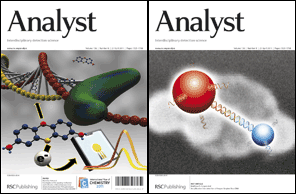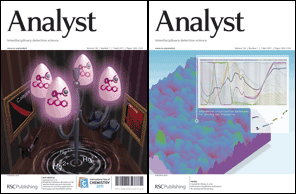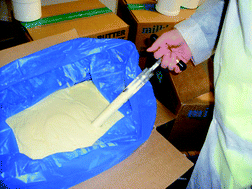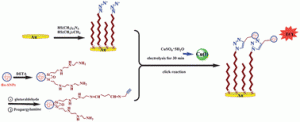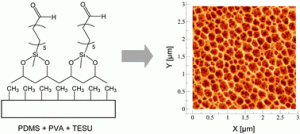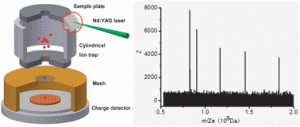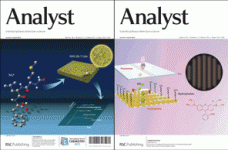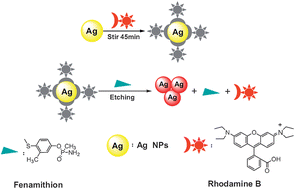On the cover this issue:
Highlighted on the front cover, work by Hyun Gyu Park and co-workers on an electrochemical real-time PCR system, based on intercalative binding of methylene blue with dsDNA.
Investigation of the signaling mechanism and verification of the performance of an electrochemical real-time PCR system based on the interaction of methylene blue with DNA
Byoung Yeon Won, Sujeong Shin, Songyi Baek, Ye Lim Jung, Taihua Li, Sung Chul Shin, Dae-Yeon Cho, Sang Bok Lee and Hyun Gyu Park
Analyst, 2011, 136, 1573-1579
DOI: 10.1039/C0AN00695E
The inside front cover features work by Matthew A. Cooper and co-workers on the detection of Herpes Simplex Virus DNA using a sandwich-like magnetic nanoparticle pull-down assay.
Amplification free detection of Herpes Simplex Virus DNA
David A. C. Thomson, Krassen Dimitrov and Matthew A. Cooper
Analyst, 2011, 136, 1599-1607
DOI: 10.1039/C0AN01021A
Both articles will be free to access for six weeks.


